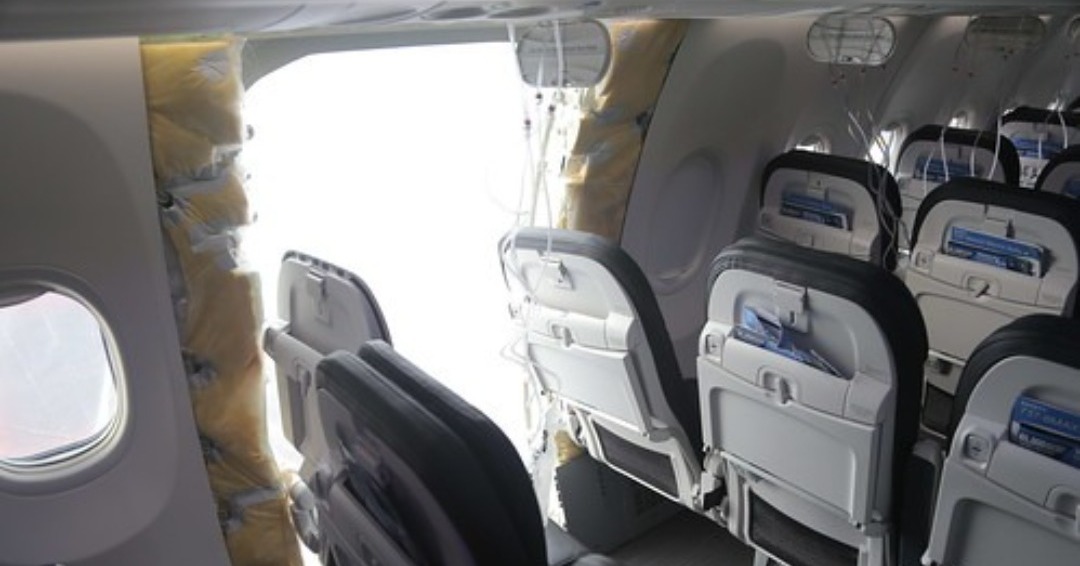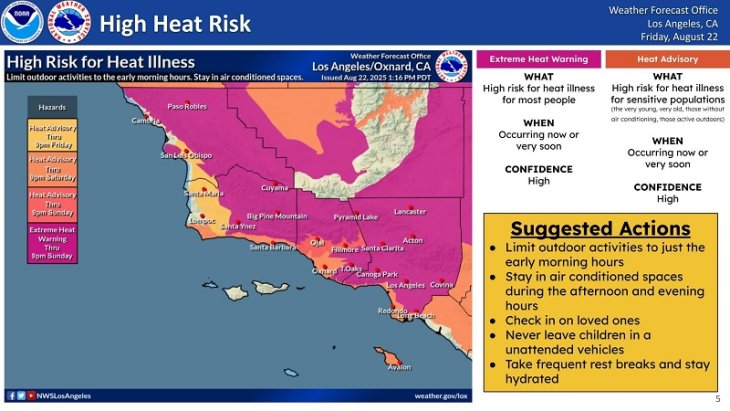Passenger Scare Prompts FAA Action: Inspection Mandate Affects 171 Aircraft
By Dolores Quintana
After the terrifying experience of passengers on Alaska Airlines Flight 1282 bound for Ontario, California, the FAA has mandated a temporary grounding of specific Boeing 737 MAX 9 aircraft operated by U.S. airlines or within U.S. territory. During the flight, the plane lost cabin pressure after a door blew off during the flight. No one was injured.
AA Administrator Mike Whitaker stated, “The FAA is requiring immediate inspections of certain Boeing 737 MAX 9 planes before they can return to flight. Safety will continue to drive our decision-making as we assist the NTSB’s investigation into Alaska Airlines Flight 1282.”
The Emergency Airworthiness Directive (EAD) necessitates operators to inspect affected aircraft before resuming flight operations. The stipulated inspections are expected to take approximately four to eight hours per aircraft.
The EAD will impact around 171 airplanes globally. The FAA has authorized a compliance method for its Boeing 737-9 emergency airworthiness directive, with affected operators duly notified.
In the paramount interest of ensuring the safety of the American public, Boeing 737-9 aircraft will remain grounded until operators complete enhanced inspections covering both left and right cabin door exit plugs, door components, and fasteners. Before returning any aircraft to service, operators must address corrective action measures based on inspection findings.
The FAA will actively support the ongoing National Transportation Safety Board (NTSB) investigation into Alaska Airlines Flight 1282. The NTSB retains authority over the inquiry and will provide relevant updates as necessary.
Several media sources state that unnamed United Airlines workers have said that they found loose bolts during inspections on the grounded Boeing 737 MAX 9 planes.
Alaska Airlines issued this statement on its website: “This morning, Boeing issued a multi-operator message (MOM) which provided inspection details for the 737-9 MAX aircraft, which the FAA has approved. As we await further information from the FAA, our technicians have prepared each aircraft to be immediately ready for the required inspection when instructions are finalized.
We recognize that additional questions remain about the details surrounding Flight 1282 that we are unable to address at this time. Because this is an active investigation, we must receive permission from the NTSB to provide information about the aircraft and its prior maintenance. We will provide information as soon as the NTSB permits us to do so.
As these steps remain pending, we continue to experience disruption to our operation with these aircraft out of service. As of 8:30 a.m. Pacific, we have canceled roughly 140 flights for Monday due to the 737-9 MAX grounding.”
United Airlines flights were also affected, and the airline issued a brief statement via social media on Saturday, January 6, “Safety is always our top priority. Following the incident on Alaska Airlines on Friday, we have temporarily suspended service on Boeing 737 MAX 9 aircraft to conduct inspections. The airline updated its statement later that day and said, “These inspections have expanded to include all our 737 MAX 9 aircraft. Flights operated by a 737 MAX 8 are not impacted.”

























